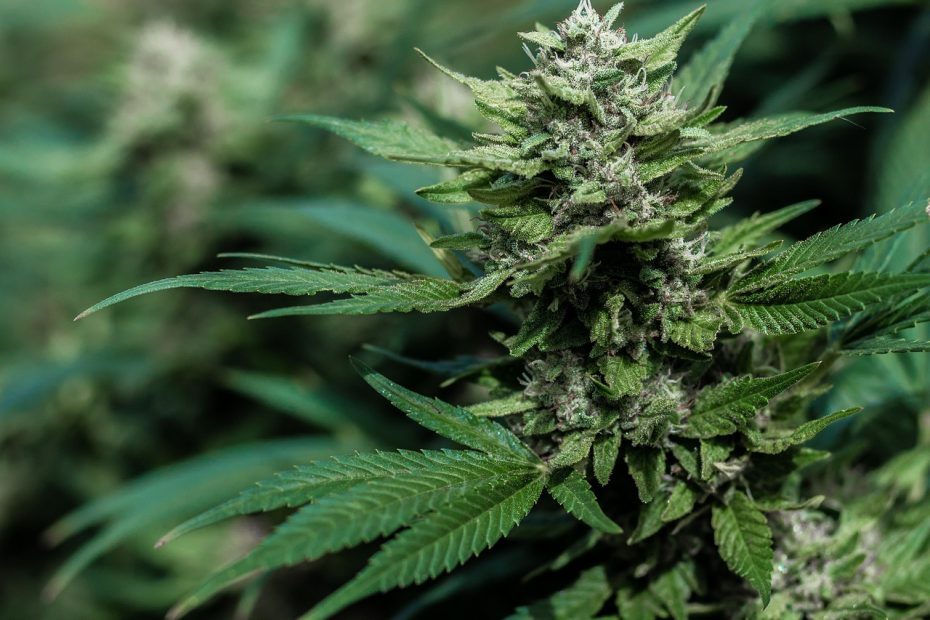Introduction to CBD for Pain Relief
As the cultural attitude toward cannabis use evolves, scientific research continues to substantiate the therapeutic potential of plants’ naturally occurring compounds like cannabidiol (CBD). CBD is one of the many non-psychoactive compounds derived from the Cannabis sativa plant that is creating a revolutionary shift in our perceptions of modern medicine, particularly in the realm of pain relief.
Understanding What CBD Is
CBD, or cannabidiol, is one of over 80 active cannabinoids found in the cannabis plant. Unlike its psychoactive counterpart, THC (Tetrahydrocannabinol), CBD does not generate a “high”, making it an appealing option for those seeking pain relief without the mind-altering effects of marijuana or certain pharmaceutical drugs.
The Science behind CBD and Pain
The ways through which CBD can effectively act as a pain reliever are multifaceted. It’s primarily due to its interaction with the body’s endocannabinoid system, a biochemical communication system that plays a crucial role in many physiological systems, including pain regulation.
CBD has a high affinity for the CB1 and CB2 receptors due to its similar molecular structure to endogenous cannabinoids, our body’s naturally occurring endocannabinoids. As such, CBD can elevate the body’s level of endocannabinoids, enhancing the endocannabinoid system’s ability to modulate pain.
CBD for Different Types of Pain
CBD has shown promise in reducing various forms of pain. It has been touted for its potential to alleviate chronic pain, nerve pain, inflammation, and pain related to conditions such as arthritis and multiple sclerosis.
The plant compound may also help to mitigate acute pain, like post-operative pain or injury-related pain. Additionally, due to its possible anti-inflammatory properties, CBD may be particularly effective at relieving pain associated with conditions that result in inflammation.
The Safety and Legality of CBD
In terms of safety, CBD generally exhibits a good safety profile. However, potential side effects should not be overlooked, including dry mouth, low blood pressure, dizziness, and drowsiness. Furthermore, CBD may interact with other drugs and substances, such as blood thinners.
Regarding legality, CBD derived from hemp, containing less than 0.3% THC, is federally legal in the United States due to the 2018 Farm Bill. However, it is essential to check your local regulations as laws can vary widely from one location to another.
Conclusion
The potential of CBD for pain relief signifies a significant leap forward in the world of alternative and personalized medicine. However, while promising, much of the research is in the early stages, meaning it’s still evolving. It is advisable for anyone considering the use of CBD for pain relief to consult with their healthcare provider to confirm if it’s an appropriate option for their circumstance. CBD for pain relief holds significant potential — offering hope for those who have found little success in traditional forms of treatment.
